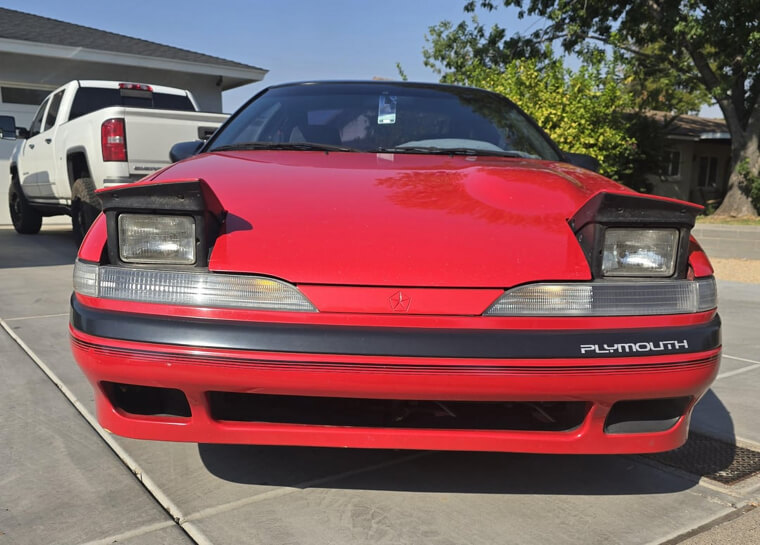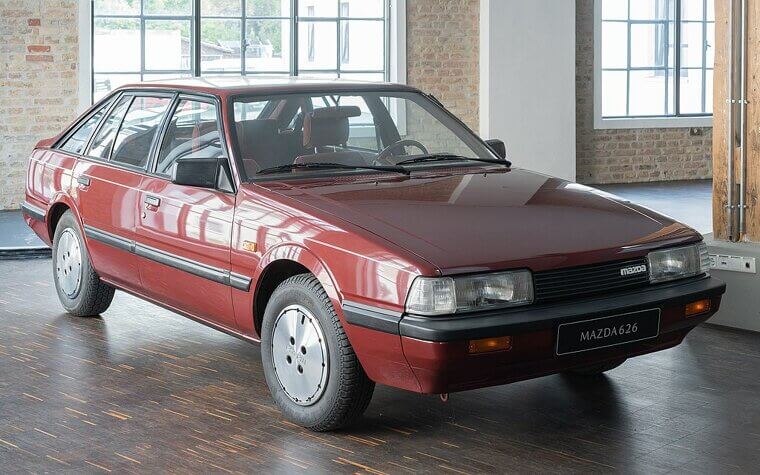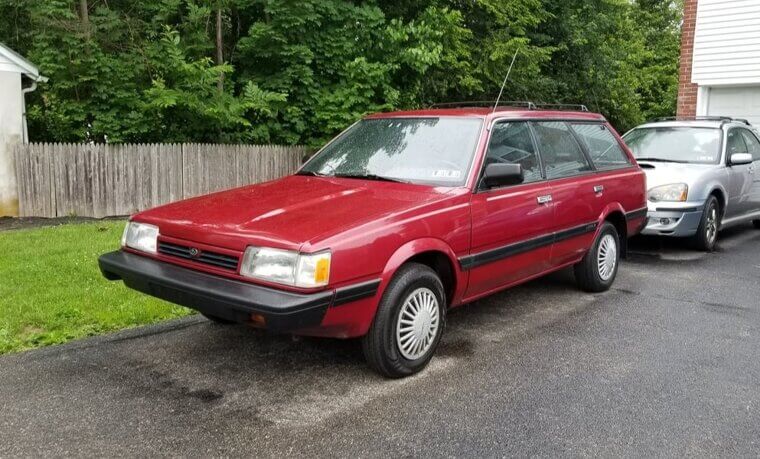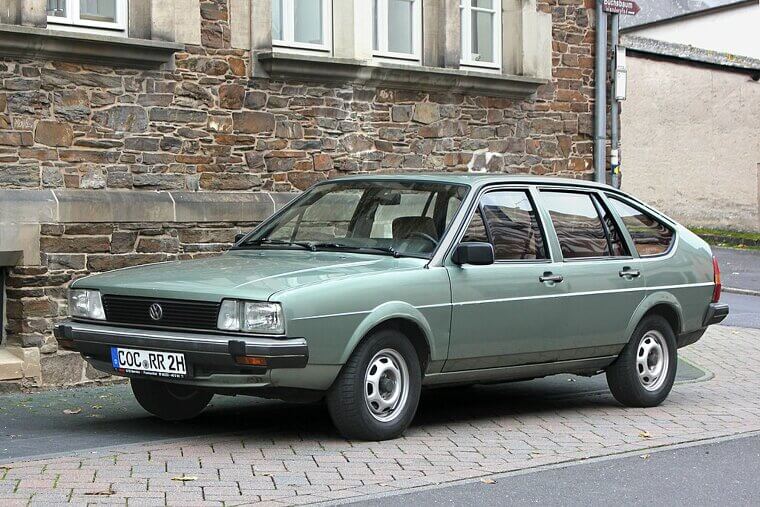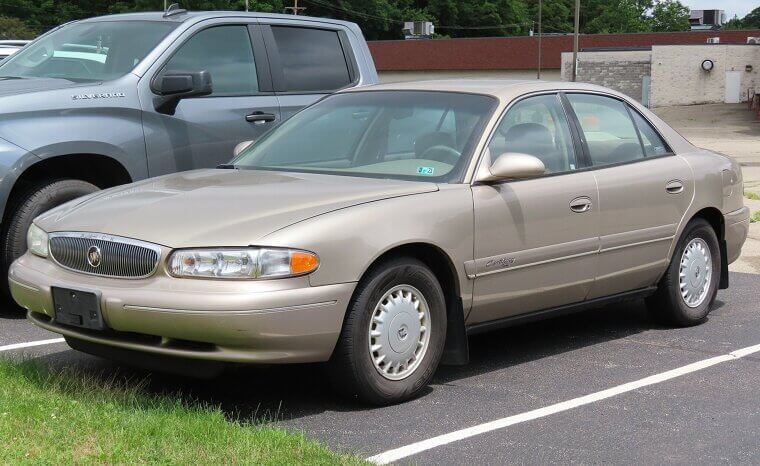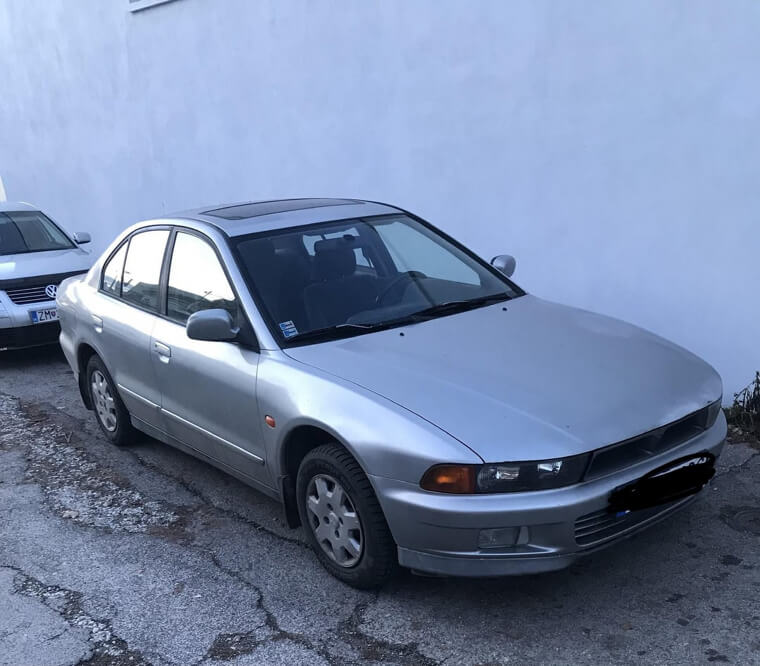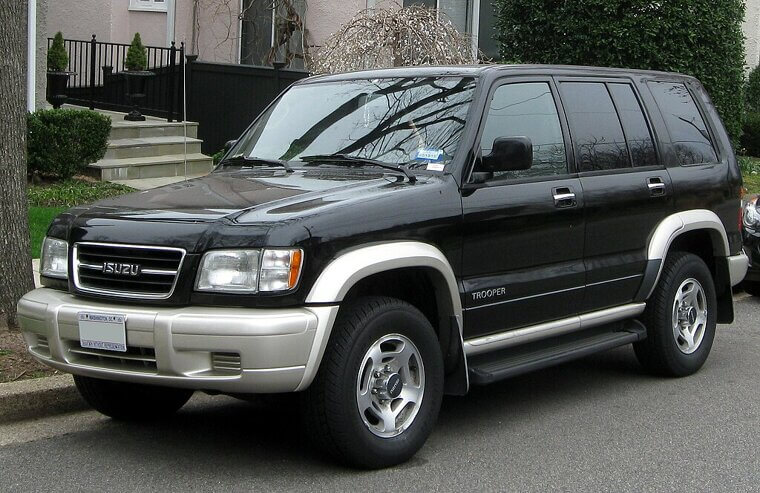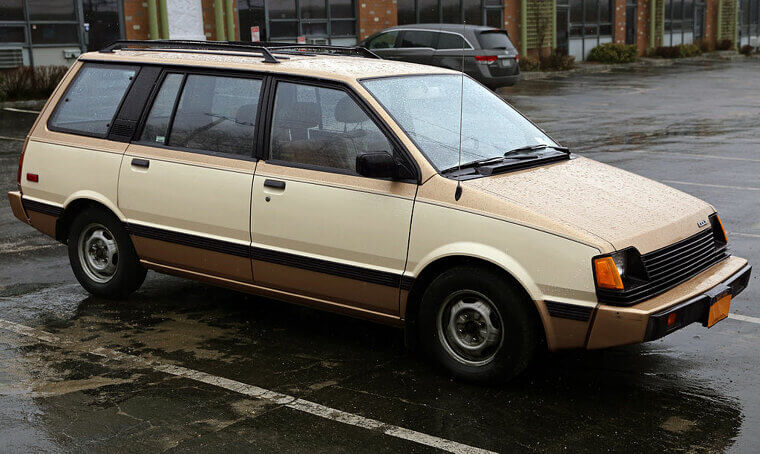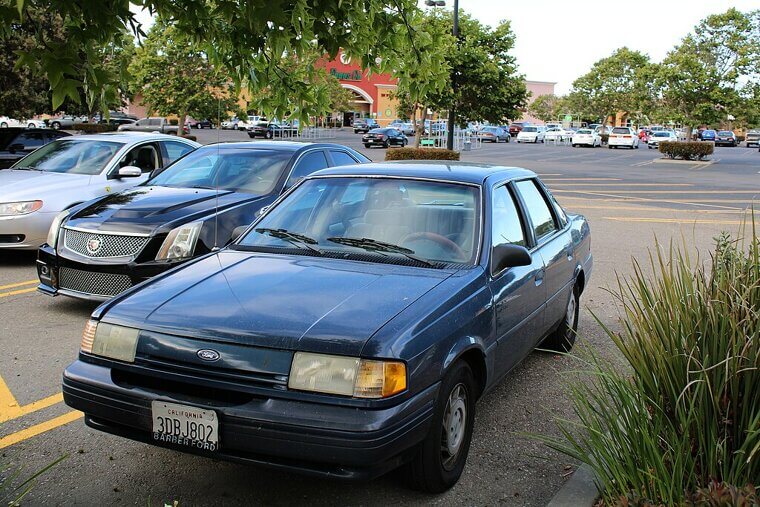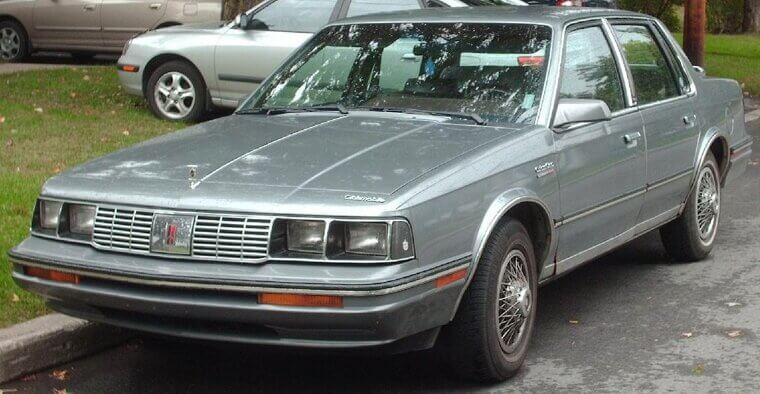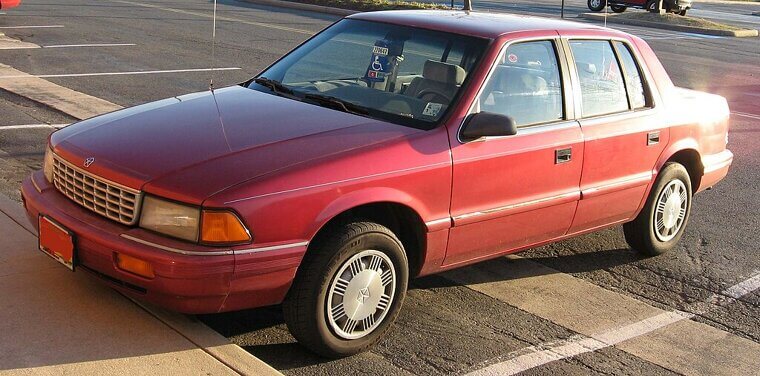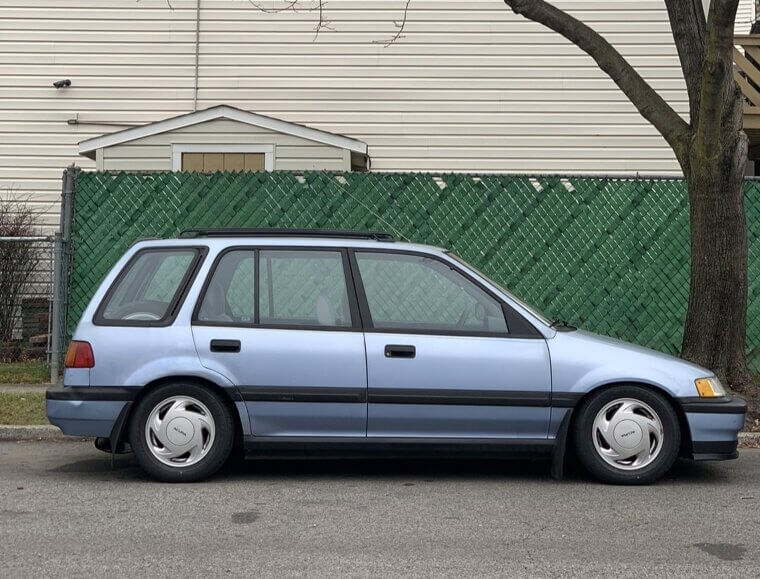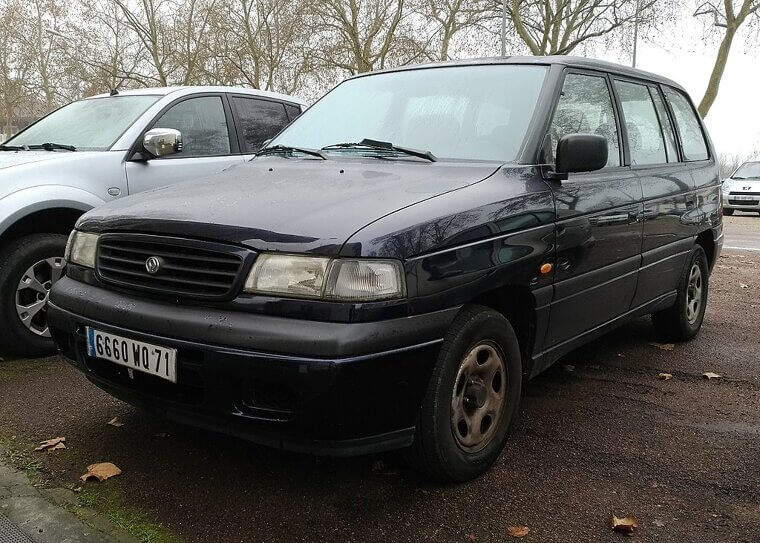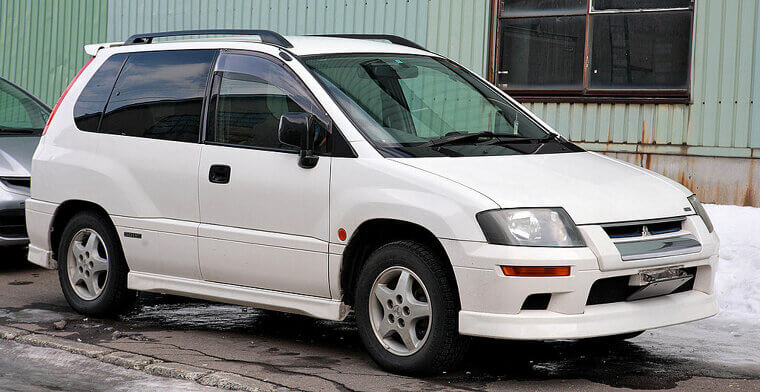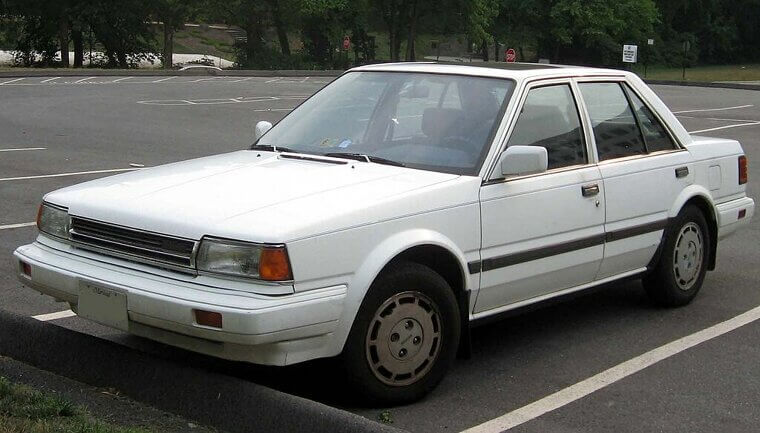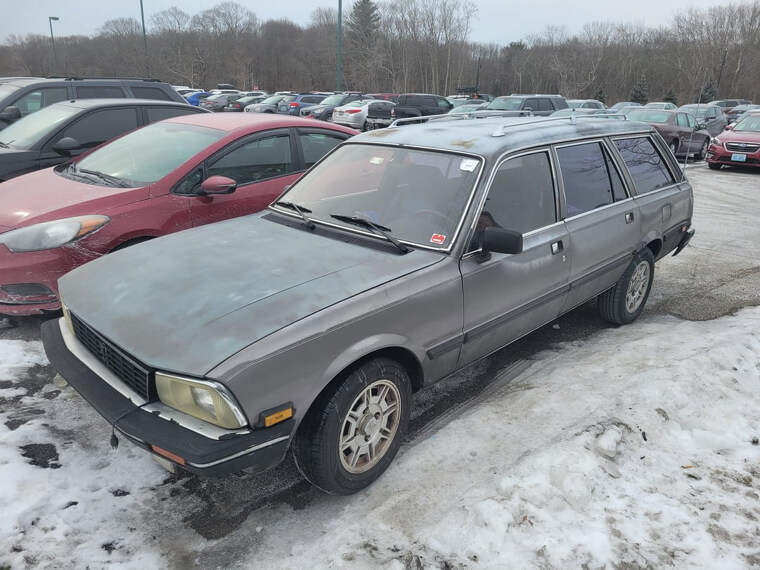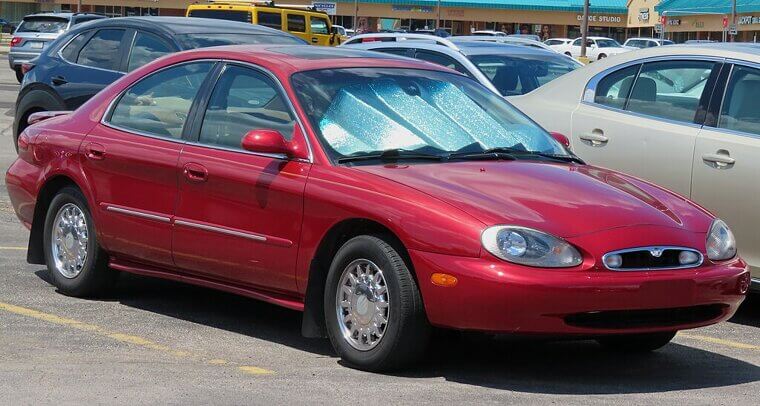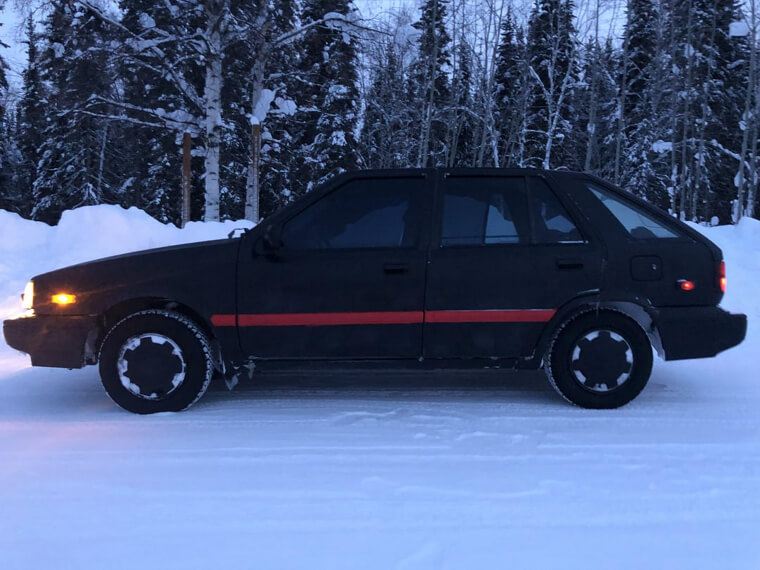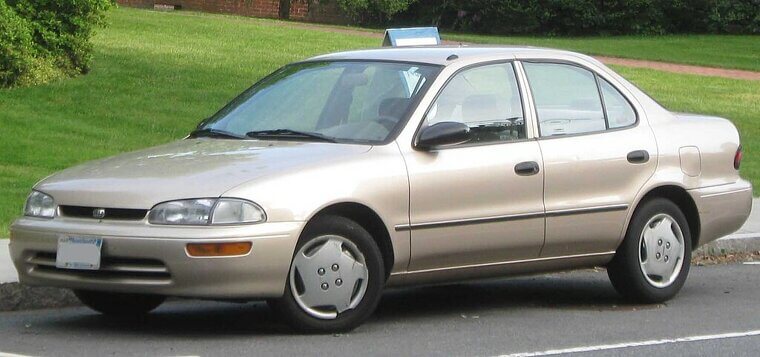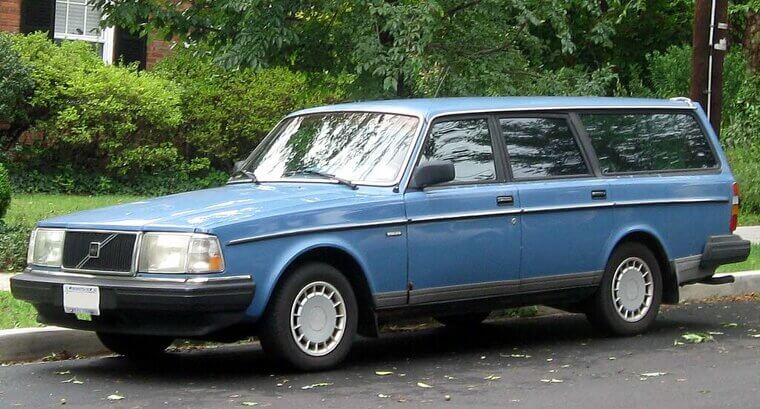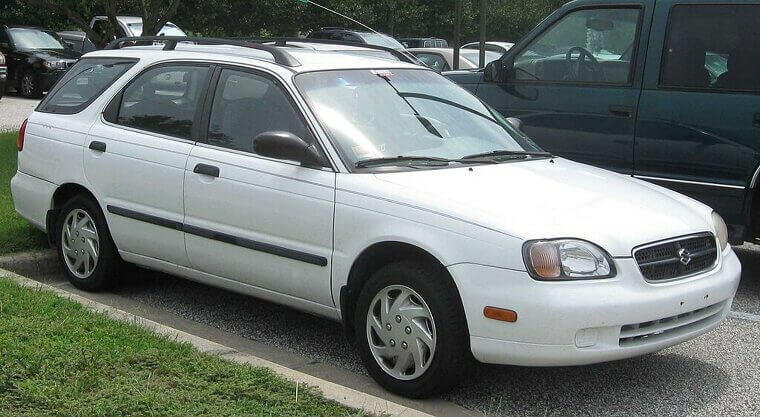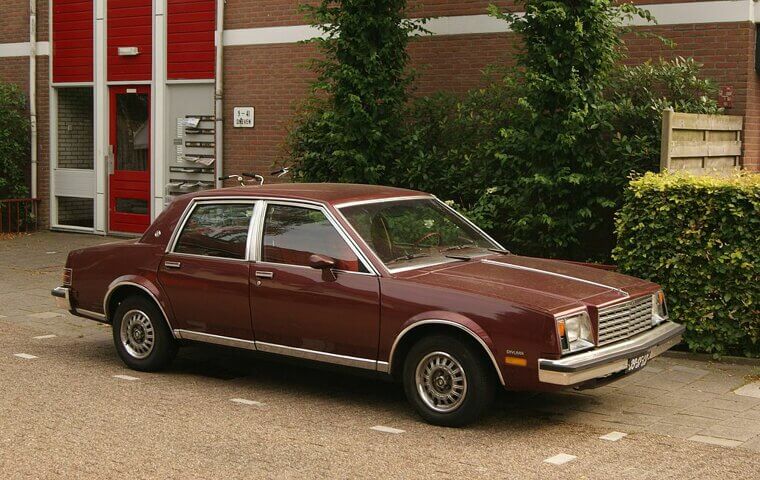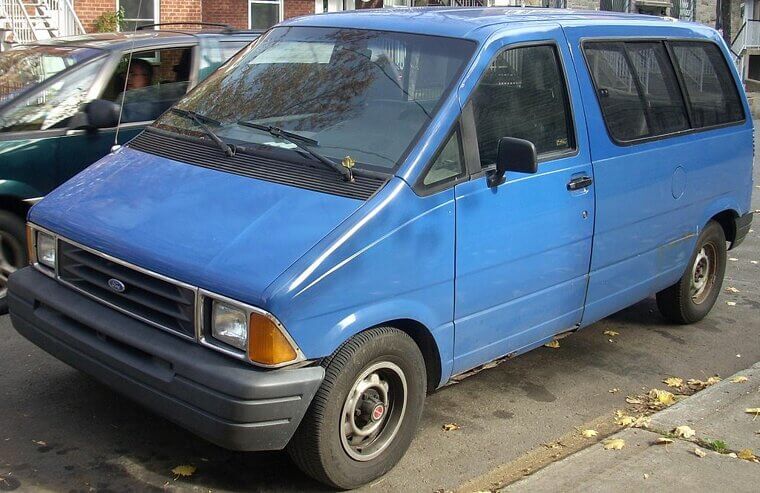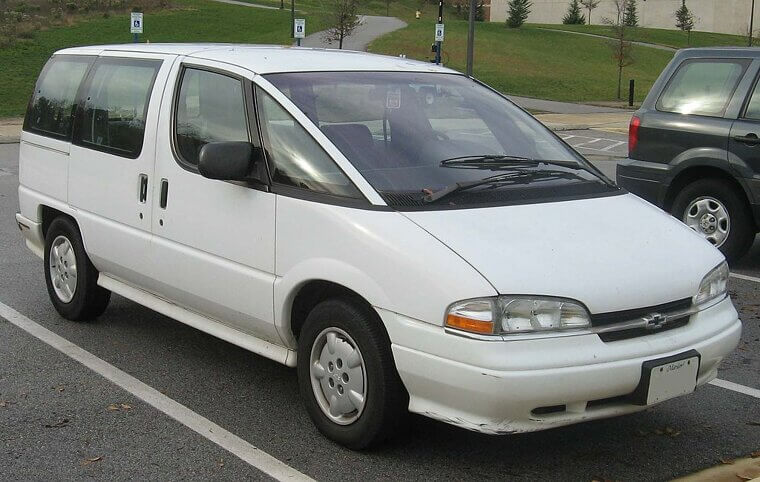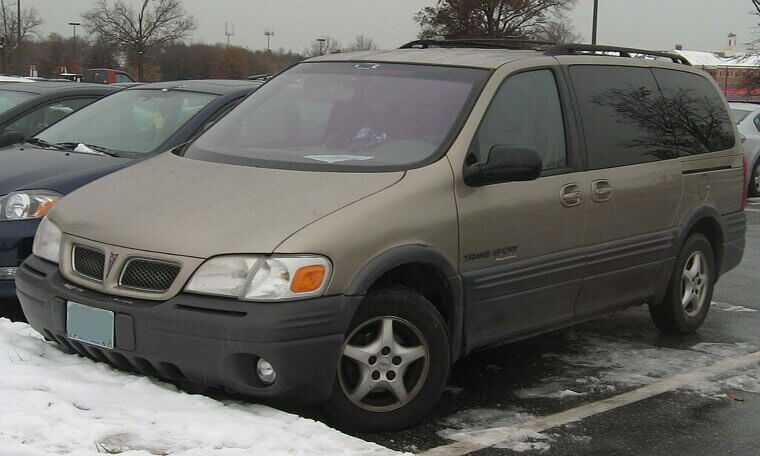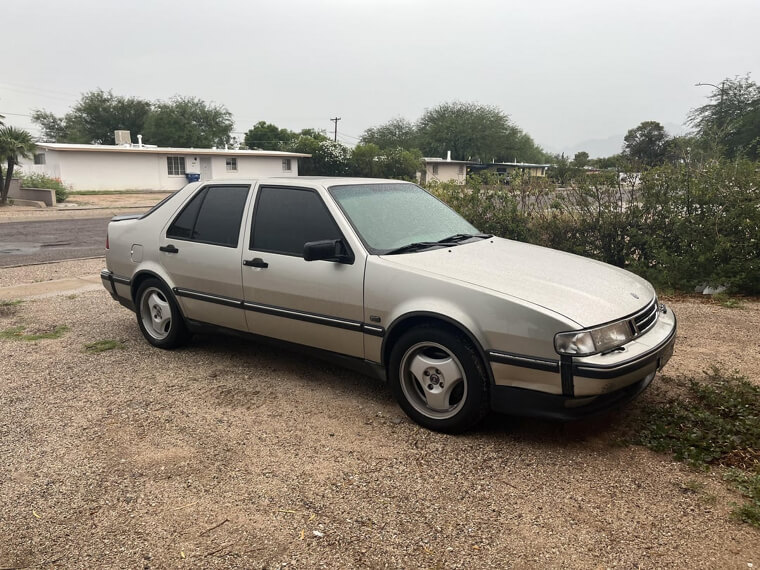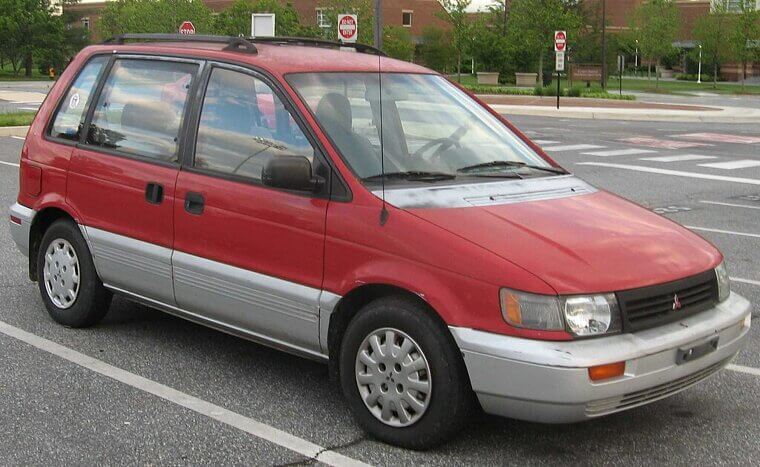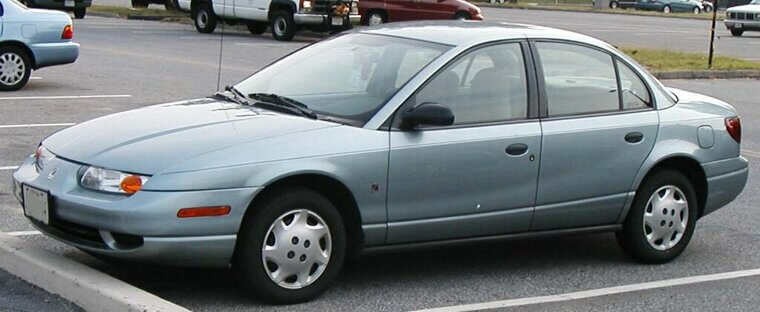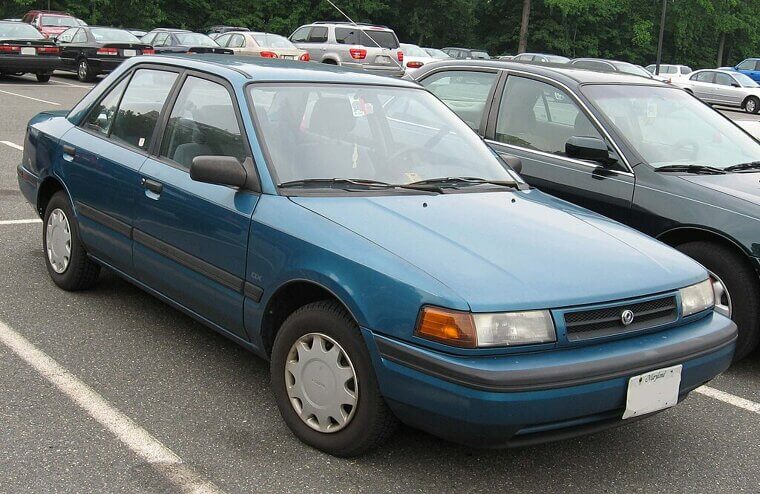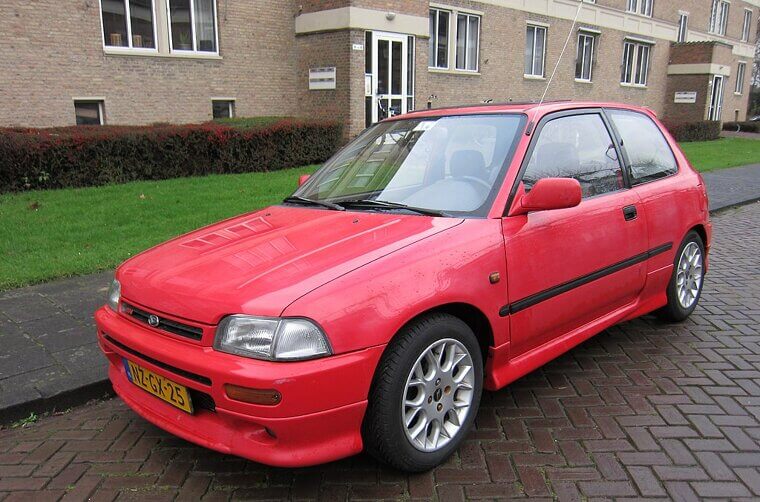Cars That Ruled the Road, but Not Our Hearts
When it comes to cars, generally the fastest and most powerful ones get the spotlight. However, sometimes you need a more practical set of wheels, and that’s where these overlooked gems come in.
Mazda 626 (1979–2002)
Laying the groundwork for Mazda’s later designs, the 626 had a long production run for a reason: it was affordable and dependable. Although it wasn’t the flashiest car on the market, Mazda refined it well over the years - the 1993–1997 generation is a particular sweet spot.
Subaru Loyale / GL / Leone (1979–1994)
Many overlooked the Loyale because of its underpowered engines, but it was rocking a crossover vibe before it was cool and its 4WD options added off-road chops for family adventurers. You could depend on it, too - early ads even showed it climbing snowy mountains!
Volkswagen Quantum (1981–1988)
The Quantum was jostled out of the market by the Jetta and the Passat, but buyers didn’t realize it was essentially a version of the latter! It was practical, purposeful and came in either wagon or sedan flavors. Later models even had diesel and Syncro AWD options.
Chevrolet Celebrity (1982–1990)
These days “beige car” jokes plague its name, but the Celebrity was as popular as its namesake at one time because it was simple, comfortable and accessible. While it wasn't the most stylish choice, it was so reliable you can probably still find veteran models running today boasting significant mileage.
Renault Medallion (1987–1989)
Designed in France and sold in the U.S. for a short time in sedan or wagon form, the Medallion’s European tuning gave it respectable handling and ride quality, but when Chrysler bought AMC, Renault retreated from U.S. markets, abandoning the Medallion overseas without support.
Buick Century (1982–1996)
The Century was so common in its day that it was probably your grandparents’ favorite car, but it was respected for a reason: it prioritized a quiet and comfortable ride feel that made it perfect for family errands or road trips. The woodgrain-decorated Estate Wagon version was extra luxurious.
Mitsubishi Galant (1983–2003)
Toyota and Honda were the Japanese giants in the motor industry, so the Mitsubishi Galant was often overlooked. That’s a shame, because the mid-90s models were especially well-placed to deliver the complete package of size, comfort and performance to make it a family favorite.
Toyota Cressida (1977–1992)
Before Toyotoa introduced its luxury division the Cressida was reigning supreme in that department with rear-wheel drive, straight-6 engines and a silky smooth ride quality that brought class to your family outings. The final gen was especially on point, offering luxuries comparable to the BMWs of its era.
Isuzu Trooper (1981–2002)
If you wanted to haul your family over a mountain, the Trooper was your go-to choice; however, its unapologetically boxy, safari truck aesthetic kept buyers at arm’s length. They were missing out - it was a workhorse of a vehicle with true body-on-frame construction and rugged suspension.
Dodge Colt Vista Wagon (1983–1991)
Brand confusion left buyers in a daze when it came to the Colt Vista - Mitsubishi built it, but it was badged as a Dodge, Plymouth or Eagle. Drivers overlooked its accommodating dimensions; it could get into tight parking spots but its interior size made it perfect for hauling kids and camping.
Ford Tempo (1984–1994)
The Tempo was Ford’s effort to bring an aerodynamic, AWD vehicle to the mainstream and it was mocked for being too boring. However, that isn’t always a bad thing! It was sensible, comfortable and had decent fuel economy. So while it didn’t thrill, it was reliable, which should be commended.
Oldsmobile Cutlass Ciera (1982–1996)
The Cutlass Ciera carried Oldsmobile’s reputation as a “grandma car,” and even though millions of units were sold it somehow still found a place in obscurity. It wasn’t rocking a unique style - it was more like a rocking chair - but it was comfortable, sturdy and later models even had a digital dash.
Plymouth Acclaim (1989–1995)
Unfortunately middle child syndrome hit the Acclaim hard - it was positioned between the Dodge Spirit and the Chrysler LeBaron, which stole all the limelight. The Acclaim was a safe bet, though; it had FWD, enough space and some reliable engine choices that meant it would show up time and again.
Honda Wagovan / Civic Shuttle (1983–1991)
The Wagovan was ahead of the curve when it came to fashionable rides - it was cool before people knew what cool looked like! The compact AWD hatchback is a cult classic now, but back then? It was the oddball alternative to the Civic.
Mazda MPV (1988–1999)
Unlike the boxy offerings of its day, the MPV was aimed at dedicated drivers and came with rear-wheel drive and a stick shift - yet it somehow still drove under the radar! The interior was flexible with removable seats depending on your needs, and it was a fun ride - if only people had noticed.
Eagle Summit Wagon (1992–1996)
Before the term “crossover” existed, the Summit Wagon was showing the world what the future looked like. In fact, it was ahead of its time by decades, and can make car enthusiasts of today drool with its AWD and manual transmission. It was too unassuming to make waves at the time, though.
Nissan Stanza (1981–1992)
The Stanza was on stage before the Altima, and while it did almost everything its successor did, it was relegated to old news when the newer model arrived. The Toyota Camry and Honda Accord also overshadowed the Stanza, despite it being just as reliable and affordable.
Peugeot 505 Wagon (1979–1992)
The 505 Wagon fell into Peugeot’s marketing pitfall - it didn’t get enough attention ad-wise and North America wasn’t ready for a French revolution, so the 505 was doomed to obscurity. It was elegant and tough though, with three rows of seating, tuned suspension and great handling.
Mercury Sable (1986–2005)
The Sable and the Ford Taurus shared almost identical underpinnings - the only difference between the two was that the Sable arrived in its Sunday best. So while the Taurus got all the attention, the Sable could nevertheless float across roads like a cloud and keep drivers just as comfy as one.
Hyundai Excel (1985–1994)
Giorgetto Giugiaro of ItalDesign helped create the Excel and its low price point made it a brief success, but soon it was forgotten due to early model reliability issues. Those were fixed in later models, but by then the damage was done, and trust lost; the Excel became a faded memory.
Geo Prizm (1989–2002)
The Prizm was basically the Toyota Corolla in disguise - it had the same chassis, drivetrain and most of the interior, the only difference was the badge. It was efficient, reliable and affordable, though most people didn’t seem to notice and went straight for the Corolla instead.
Volvo 240 Wagon (1974–1993)
Although it had fame in Europe and boasts a modern cult following, in its day the 240 wagon was derided for its boxy refrigerator shape. It was actually a solid build, with safety/reliability off the charts and enough space to haul everything, including the kitchen sink.
Suzuki Esteem Wagon (1995–2002)
When it comes to SUVs, most people turned their nose up at the plain Esteem Wagon. Suzuki quietly whispered its existence instead of shouting, so the vehicle just tried to blend into the crowd. It succeeded too well; no one noticed its nimble performance or roomy interior.
Toyota Tercel Wagon (1980–1988)
Before the term “Crossover” was used, the Tercel Wagon was doing it, but it proved too weird for most drivers at the time. It was a 4WD tall body wagon with the spirit of a go-kart that came with a six-speed manual and the bunker-like resilience.
Buick Skylark (1980–1998)
Excitement had left the Buick Skylark to go on vacation, but the good news is that it left reliability and comfort to watch over the vehicle. There were no thrills and spills to be had here, just plenty of dependability and some surprising zip.
Ford Aerostar (1986–1997)
If a space shuttle and a van had a lovechild in the ’80s it would look something like the Aerostar, an aerodynamic but strange vehicle that confused the heck out of drivers in its day. It drove more like a truck, was reliable to a fault and had tons of space.
Chevrolet Lumina APV (1990–1996)
The future arrived in the form of the Lumina APV, but it was so ahead of its time that no one appreciated it! It looked a little like a vacuum cleaner too - hence its nickname “Dustbuster” - yet it had some real innovations, such as composite plastic rust-proof body panels.
Pontiac Trans Sport (1990–1999)
What we see as retro-cool weirdness now was laughable back in the ’90s, as was the case with the Trans Sport. It was built on the same platform as the Lumina APV but stylized like a spaceship that could seat seven, and still provide rear A/C.
Saab 9000 (1985–1998)
The 9000 was a vehicle for its day’s tech crowd, which turned out to be a niche market when it came to drivers. It left a lot of them scratching their heads, because its advanced safety features, smooth performance and turbocharged engines were clever rather than flashy.
Chrysler LeBaron Wagon (1982–1988)
When Chrysler’s newer K-platform marvels came out, the LeBaron was all but left by the wayside, despite it having charm and soul of its own. Its faux wood trim managed to be classy rather than tacky, its ride comfortable and the interior was roomy enough for the family.
Mitsubishi Expo LRV (1992–1995)
A forerunner in the world of compact crossovers before that was a genre, the Expo LRV was so unassuming it went unnoticed, despite having a lot to offer. It had available AWD, 5-speed manual and was super versatile for any family needs.
Saturn SW (1993–2001)
Plastic panels reinforced Saturn’s unique design concepts, making the SW rustproof and lightweight; when combined with its simplicity and reliability, it was everything a family needed in a vehicle! It fell prey to Saturn’s lack of marketing though, so it got swept under the metaphorical rug.
Mazda Protegé (1989–2003)
The Protegé paved the way for the Mazda3’s success, but it didn’t receive any standing ovations itself because so few people knew it existed! Its marketing could be described as “light” at best, even though its handling was a gem among its day’s compacts.
Volkswagen Passat (B3/B4) (1988–1997)
The Passat occupied a weird space in that it was too straight-laced for some drivers and too weird for others, but both groups were missing the excellence under its hood. It had refinement, safety and better handling than most sedans.
Daihatsu Charade (1987–2000)
Although it didn’t stand out much, the Charade was practical and punchy - it did better in global markets than in the U.S. simply because it was more common! It sipped fuel from a teacup, came with three cylinders and could outlast much bigger rivals, plus it was nippy enough for city errands!

